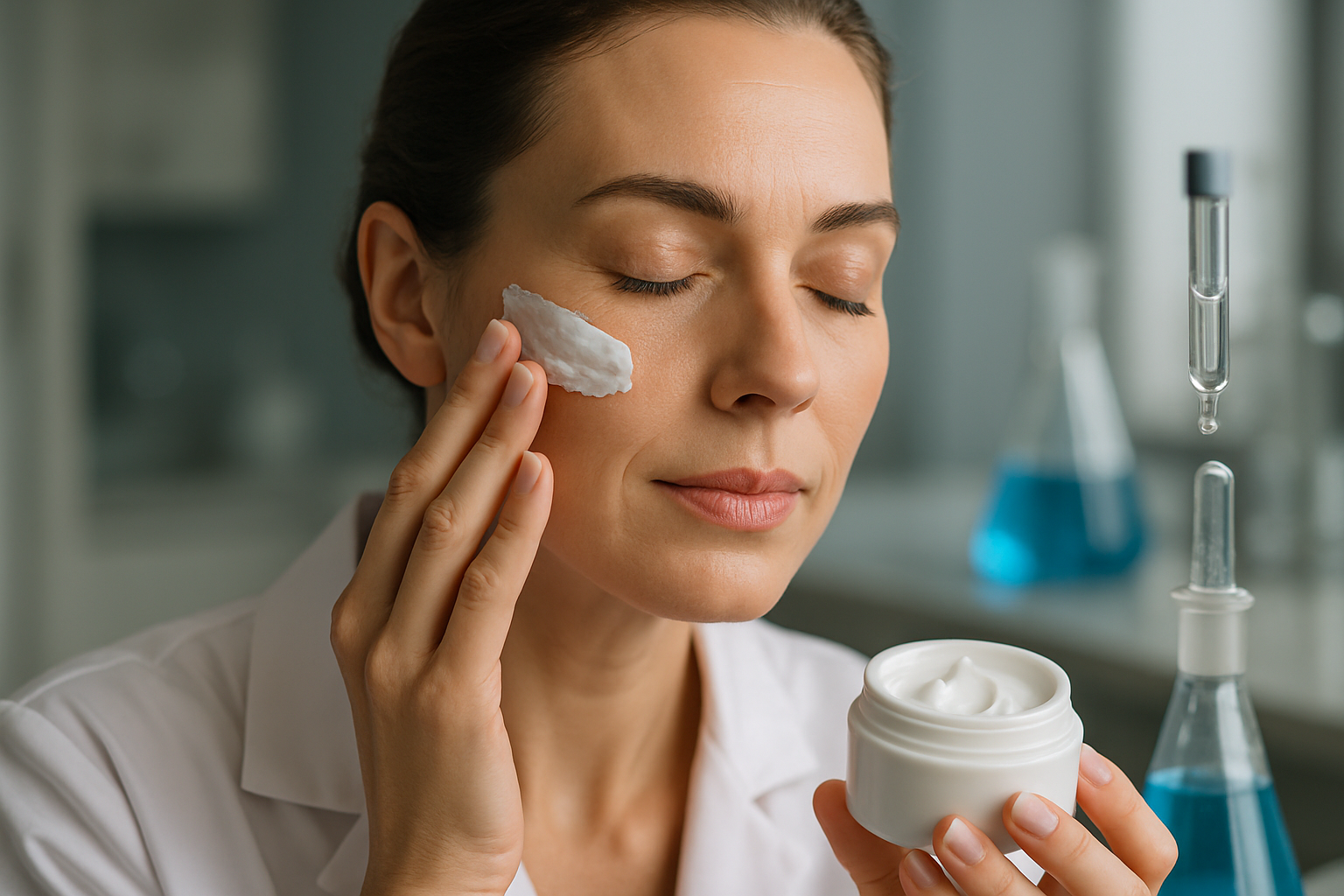Selecting Active Concentrations for Different Skin Concerns
Choosing the right concentration of active ingredients helps match a product to specific skin concerns while balancing safety, stability, and consumer expectations. This overview explains how concentrations interact with formulation choices, common allergens and preservatives, and practical testing steps so formulators and informed consumers can make reasoned decisions.

Selecting active concentrations requires understanding the intended effect, the delivery system, and the skin’s tolerance. Different actives—retinoids, acids, antioxidants, peptides—have established concentration ranges tied to efficacy and irritation risk. Matching concentration to skin concern means prioritizing gradual introduction, monitoring response, and adjusting dosage or frequency rather than relying on a single percentage as a guarantee of results. This article outlines principles for concentration selection across product types and formulation contexts.
How do concentrations affect skincare results?
Concentration influences both effectiveness and the likelihood of irritation. For example, low-to-moderate concentrations of alpha hydroxy acids (AHAs) provide exfoliation with lower irritation risk, while higher concentrations used in leave-on or professional treatments increase potency and sensitivity. The active’s chemical form (free acid vs. salt), pH, and vehicle (cream, serum, toner) change bioavailability; a given percentage in one base can behave differently in another. Consider skin type, chronic conditions, and concurrent actives when deciding on concentrations to achieve balanced outcomes.
What role do ingredients play in formulation?
Ingredients beyond the active determine stability and performance. Solvents, emulsifiers, and humectants affect solubility and penetration; some actives require specific carriers to remain effective. The formulation must protect sensitive actives from degradation (light, oxygen) and maintain an appropriate pH. Ingredient lists should be read collectively: an active at a nominal concentration may be less effective if the supporting ingredients reduce its availability or speed its breakdown. Proper labeling and transparency about ingredient forms help professionals and consumers assess likely performance.
How are preservatives and allergens managed?
Preservatives prevent microbial growth in water-containing cosmetics, and their choice can interact with active stability. Selecting preservative systems that are compatible with the active ingredient and the product’s pH is essential. Allergen management involves minimizing known sensitizers where possible, disclosing fragrance and common allergenic preservatives, and choosing alternatives when formulating for sensitive-skin lines. Regulatory limits often guide preservative concentrations; formulators must balance antimicrobial efficacy with consumer safety and irritation potential.
How does the microbiome influence product choice?
The skin microbiome affects barrier function and tolerance to actives. Harsh formulations or high concentrations of antimicrobial substances can disrupt microbial balance and worsen conditions like dermatitis or acne. Emerging formulation strategies include prebiotics, postbiotics, and gentle surfactants that support microbiome diversity. When selecting concentrations, consider ingredients that preserve barrier integrity—lowering irritation risk and maintaining a supportive environment for beneficial microbes.
Why is patchtesting important?
Patchtesting is a simple, practical step to reduce adverse reactions. Testing a small amount of product on a discrete area for 24–72 hours helps identify immediate irritant or allergic responses before broader use. This is especially important when increasing concentrations or combining multiple actives. Patchtesting also informs how quickly a product can be titrated: if mild irritation appears, reducing frequency or concentration can maintain benefit while improving tolerability.
How do sustainability, packaging, and fragrance factor in?
Sustainability choices—recyclable packaging, ingredient sourcing, and preservative selection—influence formulation options and sometimes concentration decisions. Airless packaging can allow lower preservative levels by limiting contamination risk, while opaque containers reduce light exposure for sensitive actives. Fragrance can mask odors but raises allergen and irritation concerns, so fragrance-free or low-fragrance formulations are often preferred when higher active concentrations are used to limit cumulative sensitization.
This article is for informational purposes only and should not be considered medical advice. Please consult a qualified healthcare professional for personalized guidance and treatment.
Conclusion
Selecting the right active concentrations is a balance of efficacy, safety, formulation science, and user context. Consider the active’s chemistry, the vehicle, preservative compatibility, potential allergens, and the skin microbiome when choosing concentrations. Patchtesting and gradual titration reduce risk, and sustainable packaging choices can support both product stability and consumer expectations. Thoughtful formulation and informed use create more predictable outcomes than focusing on single-number concentrations alone.





